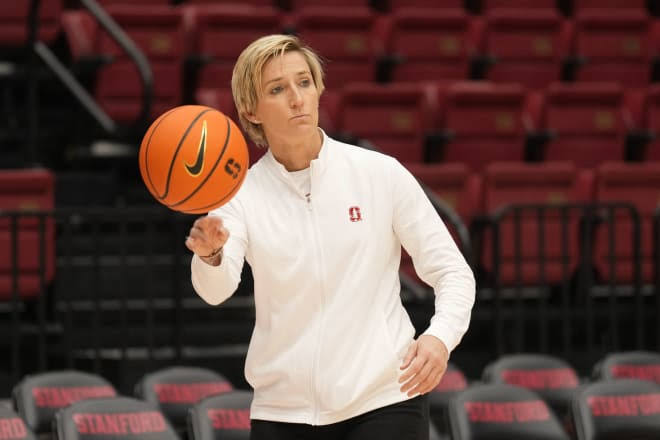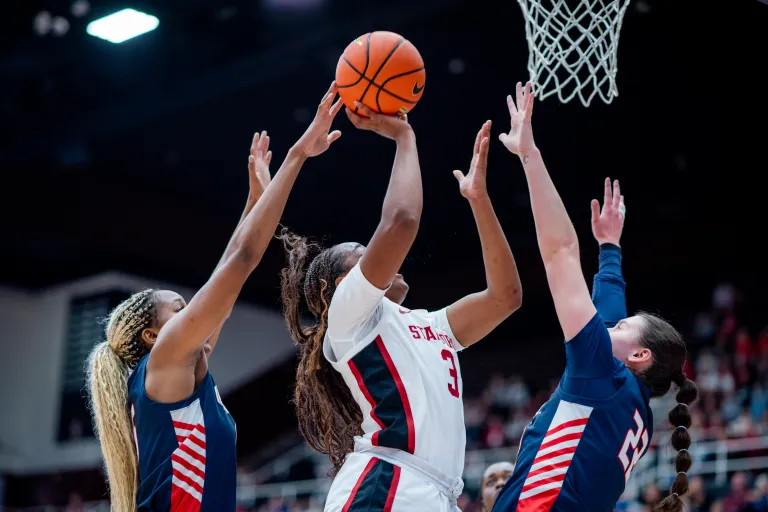Stanford women’s basketball’s loss to NC State highlighted critical issues that have plagued the team this season. The third-quarter collapse was a decisive factor, emphasizing Stanford’s struggle to maintain momentum and composure under pressure. Despite early offensive contributions from Chloe Clardy and Elena Bosgana, Stanford’s inability to sustain offensive efficiency and control the ball was evident, with turnovers and missed shots being particularly detrimental.
Bosgana’s early spark and Tess Heal’s efforts off the bench were commendable, yet inconsistent shooting and defensive lapses allowed NC State to dominate. The team’s 21.4% shooting from three-point range compared to NC State’s 41.7% underscores the disparity in offensive execution.
The third quarter’s 34-15 deficit reflects not just a loss of scoring rhythm but also defensive breakdowns that allowed NC State to pull away. Despite a strong fourth-quarter effort, the damage had been done, with Stanford’s turnovers leading directly to NC State’s scoring opportunities.
Moving forward, Stanford’s upcoming game against Wake Forest presents a chance to regroup. The focus must be on reducing turnovers, improving shot selection, and maintaining defensive intensity throughout all quarters. Success against Wake Forest will hinge on Stanford’s ability to learn from this loss and execute a more disciplined and cohesive game plan.



